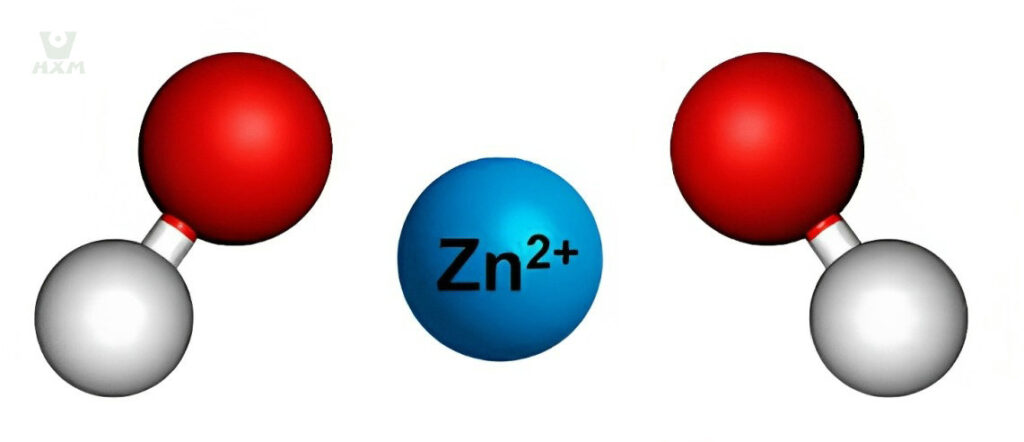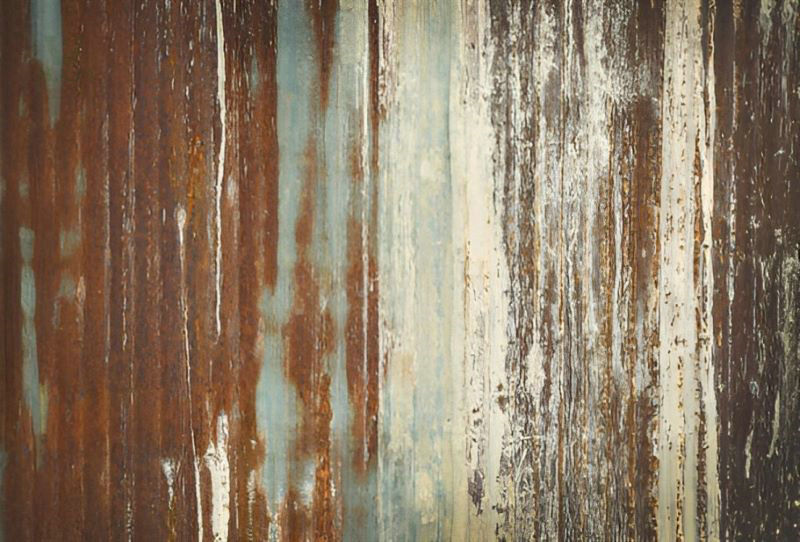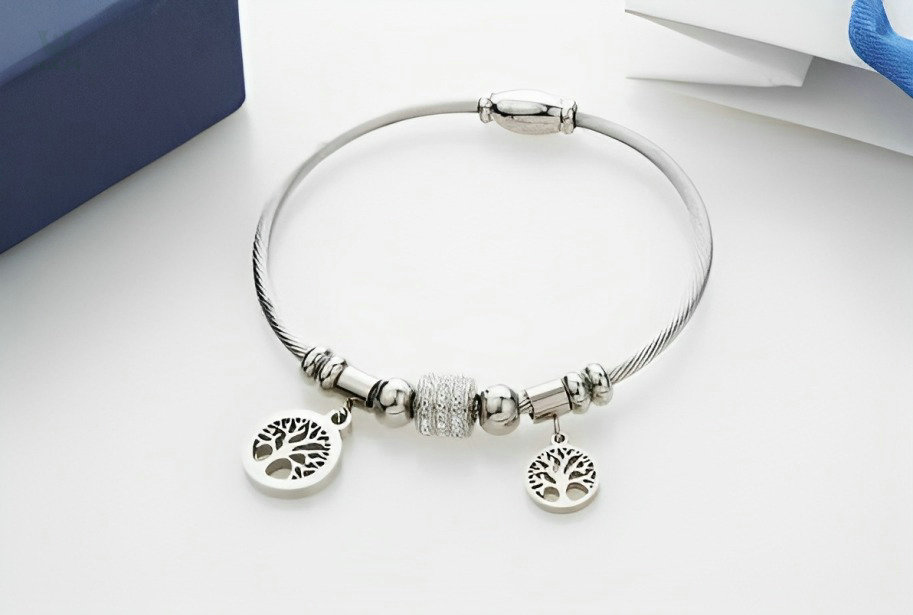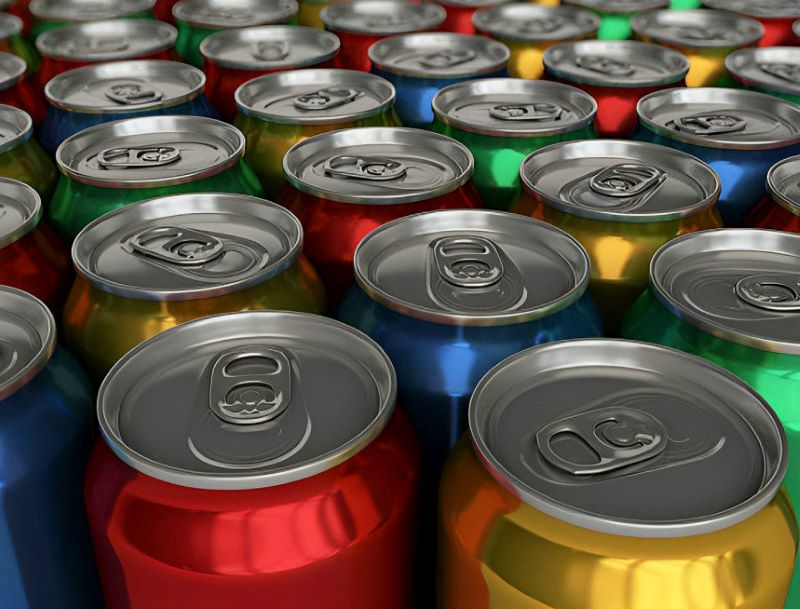Rust, a common issue with metals, can cause deterioration and compromise the integrity of structures or products. Zinc alloys, known for their versatility and corrosion resistance, have gained popularity in various industries. However, it is essential to delve deeper into their rusting potential to ensure informed decision-making and meet customer requirements effectively.
So, let’s embark on this exploration together and uncover the truth behind the rusting potential of zinc alloys. By the end of this blog, you will have a clearer understanding of how zinc alloys interact with rust and be equipped with the knowledge to make informed decisions when selecting materials for your projects.
does zinc alloy rust?
Yes, zinc alloy can rust under certain conditions. Although zinc alloys have better corrosion resistance compared to pure zinc, they are still susceptible to rusting when exposed to moisture and oxygen over time. Rust, or iron oxide, occurs when the metal surface undergoes oxidation. In the case of zinc alloys, if the protective layer or coating on the surface gets damaged or wears off, the underlying metal can be exposed to the elements and begin to rust.
Join us on this informative journey as we delve into the world of zinc alloys and investigate whether they are susceptible to rust. We will examine the factors that contribute to rust formation, such as the composition of zinc alloys, environmental conditions, and protective coatings. By gaining a comprehensive understanding of these aspects, we can address the question of whether zinc alloys rust and provide valuable insights to both customers and zinc alloy suppliers.
What is Rusting?
Rust is a common phenomenon that affects metal surfaces, causing deterioration and compromising their integrity. In order to prevent and address rust-related issues, it is important to have a clear understanding of the rusting process.
Definition and Causes of Rust
Rust is the result of a natural process called corrosion, which occurs when certain metals, such as iron and steel, react with their environment. It is commonly observed as the reddish-brown flaky substance that forms on the surface of metal objects over time.
The main cause of rust is a chemical reaction known as oxidation. When iron or steel comes into contact with moisture and oxygen, an electrochemical process is initiated. This process involves the transfer of electrons from the metal to the oxygen molecules, resulting in the formation of iron oxide, commonly known as rust. The presence of water or moisture acts as an electrolyte, facilitating the movement of ions and accelerating the rusting process.
Other factors that contribute to rust formation
- Exposure to air and humidity: Increased moisture levels in the surrounding environment promote faster corrosion and rusting.
- Saltwater or salt-laden environments: The presence of salt, such as in coastal areas or saltwater environments, can accelerate the rusting process due to the corrosive nature of salt.
- Chemical pollutants: Certain chemicals and pollutants in the air or water can speed up the corrosion process and promote rust formation.
Understanding the definition and causes of rust is crucial for implementing preventive measures and protecting metal objects from corrosion. By addressing the underlying factors that contribute to rust formation, it becomes possible for zinc alloy suppliers to develop strategies to inhibit or slow down the rusting process and ensure the longevity of metal surfaces.
Impact of Moisture and Oxygen on Metal Corrosion
Moisture and oxygen are two critical factors that significantly impact the corrosion and rusting of metal surfaces. Understanding their role is essential in devising effective preventive measures.
Moisture
Moisture, in the form of water or humidity, plays a vital role in accelerating the corrosion process. It acts as an electrolyte, allowing the flow of ions and facilitating the electrochemical reactions involved in rust formation. Moisture creates an environment conducive to corrosion by providing the necessary medium for the transfer of electrons and ions between the metal surface and the surrounding atmosphere or aqueous solutions. Higher levels of moisture promote faster rusting, particularly in environments with increased humidity or exposure to water.
Oxygen
Oxygen is another key element that contributes to metal corrosion. It reacts with the metal surface in a process called oxidation, where the metal atoms lose electrons and form metal oxide compounds, commonly known as rust. Oxygen is abundant in the Earth’s atmosphere, making it readily available for this reaction to occur. Increased exposure to oxygen accelerates the rusting process, especially when combined with other factors such as moisture and contaminants.
Moisture and oxygen work in tandem to initiate and propagate the corrosion process on metal surfaces. The presence of moisture facilitates the movement of ions and electrons, while oxygen enables the oxidation reactions necessary for rust formation. Controlling the exposure to moisture and oxygen is crucial in preventing or slowing down the corrosion process. Implementing protective coatings, using corrosion-resistant materials, and minimizing the contact of metals with moisture or oxygen-rich environments are effective strategies of zinc alloy suppliers to mitigate the impact of these factors on metal corrosion.
Properties of Zinc Alloys
Zinc alloys are a group of metallic materials that contain zinc as the primary constituent. These alloys are created by combining zinc with other elements, known as alloying elements, to enhance specific properties and meet various application requirements. The composition of zinc alloys can vary depending on the desired characteristics and intended use.
Common alloying elements in zinc alloys
- Aluminum (Al): Adding aluminum to zinc alloys enhances their strength, hardness, and corrosion resistance.
- Copper (Cu): Copper improves the mechanical properties of zinc alloys, including tensile strength and wear resistance.
- Magnesium (Mg): Incorporating magnesium into zinc alloys provides improved dimensional stability and enhanced machinability.
- Tin (Sn): Tin is often added to zinc alloys to improve their casting properties, such as fluidity and mold filling.
The specific composition of a zinc alloy is determined based on the desired balance of properties required for a particular application. By carefully selecting and adjusting the alloying elements, zinc alloy suppliers can tailor zinc alloys to meet specific requirements, including strength, corrosion resistance, thermal conductivity, and casting properties.
The versatility and customizable nature of zinc alloys make them widely used in various industries, including automotive, electronics, construction, and consumer goods. Understanding the composition of zinc alloys allows manufacturers and designers to choose the most suitable alloy for their applications, ensuring optimal performance and durability.
The inherent corrosion resistance of zinc alloys
Zinc alloys possess inherent corrosion resistance, making them highly suitable for applications where protection against rust and corrosion is crucial. This inherent resistance is primarily due to the formation of a protective layer on the surface of the alloy.
When exposed to the environment, particularly oxygen and moisture, zinc in the alloy undergoes a natural process known as oxidation. This oxidation reaction leads to the formation of a thin, stable layer called zinc patina on the surface of the alloy. The zinc patina acts as a barrier, shielding the underlying metal from further corrosion and rusting.


The protective zinc patina is composed of zinc oxide (ZnO) and zinc hydroxide (Zn(OH)2). It serves as a sacrificial coating, meaning that it corrodes over time instead of the underlying zinc alloy. This sacrificial corrosion process helps to prevent extensive damage to the alloy, thereby prolonging its lifespan.
The inherent corrosion resistance of zinc alloys, provided by the formation of the protective zinc patina, makes them highly suitable for applications where exposure to moisture, humidity, or corrosive environments is expected.
However, it is important to note that the effectiveness of this inherent resistance can be influenced by factors such as environmental conditions and the specific alloy composition. Zinc alloy suppliers play a vital role in ensuring the selection of suitable alloy compositions and providing expert guidance to customers, ensuring optimal corrosion resistance in various applications.
Factors influencing rust potential in zinc alloys
The rust potential of zinc alloys can be influenced by various factors, including environmental conditions, protective coatings, and alloy composition. Understanding these factors is crucial in assessing the corrosion resistance of zinc alloys.
Environmental Conditions
The exposure of zinc alloys to different environmental factors can affect their rust potential. High humidity, salt water, acidic or alkaline environments, and pollution can accelerate the corrosion process and increase the likelihood of rust formation. Harsh or corrosive environments can compromise the protective zinc patina, leading to potential rusting.
Protective Coatings
The application of protective coatings, such as galvanization or other surface treatments, can significantly enhance the corrosion resistance of zinc alloys. These coatings act as an additional barrier, providing an extra layer of protection against moisture, oxygen, and other corrosive elements.
Alloy Composition
The specific composition of a zinc alloy can impact its rust potential. The presence of certain alloying elements, such as aluminum or copper, can enhance corrosion resistance. Proper alloy selection and optimization of the alloy composition based on the intended application can improve the overall performance and reduce the rust potential of zinc alloys.
Zinc alloy suppliers play a crucial role in helping customers choose the appropriate alloy compositions and surface treatments to meet their specific needs. By considering environmental conditions, applying suitable protective coatings, and optimizing alloy compositions, the rust potential of zinc alloys can be effectively managed, ensuring their durability and longevity in various applications.
Protective Measures and Maintenance
Zinc alloys are a group of metallic materials that contain zinc as the primary constituent. These alloys are created by combining zinc with other elements, known as alloying elements, to enhance specific properties and meet various application requirements. The composition of zinc alloys can vary depending on the desired characteristics and intended use.
Galvanization and Other Methods to Enhance Corrosion Resistance
Galvanization is a widely used method for enhancing the corrosion resistance of zinc alloys. The process involves immersing the alloy in molten zinc, creating a robust and durable protective layer.
Other methods, such as electroplating or applying anti-corrosion paints or sealants, can also be employed to improve the corrosion resistance of zinc alloys.
Selecting the most appropriate method depends on the specific application, environmental conditions, and desired level of protection.
Maintenance Practices to Prevent and Minimize Rusting
- Regular inspection and cleaning of zinc alloy surfaces are essential to identify and address any signs of rust or corrosion early on.
- Removing dirt, debris, or other contaminants that may promote corrosion can help prevent the onset of rust.
- Applying touch-up coatings or sealants to areas with exposed or damaged protective coatings can provide ongoing protection and prevent rust from spreading.
- Implementing a maintenance schedule that includes proper cleaning, reapplication of coatings, and corrosion monitoring ensures the long-term integrity and performance of zinc alloys.
By understanding the importance of protective coatings, employing methods such as galvanization, and implementing regular maintenance practices, zinc alloy suppliers and users can effectively safeguard these alloys against rust and corrosion. These measures contribute to the longevity and reliability of zinc alloy products, ensuring their optimal performance in various applications.
Conclusion
Throughout this blog, we explored the topic of whether zinc alloys rust. We started by understanding the properties of zinc alloys, including their composition and inherent corrosion resistance. We discussed the factors that influence the rust potential of zinc alloys, such as environmental conditions and protective coatings. Additionally, we highlighted the importance of maintenance practices to prevent and minimize rusting.
To ensure the longevity and performance of zinc alloys, it is crucial to prioritize proper maintenance and implement protective measures. Regular inspections, cleaning, and the application of protective coatings play vital roles in preventing rust and maintaining the integrity of zinc alloy surfaces. By adopting these practices, zinc alloy suppliers and users can ensure the long-term performance and durability of these versatile materials.
While zinc alloys offer inherent corrosion resistance due to the formation of a protective zinc patina, they are not entirely immune to rust. Factors such as environmental conditions, exposure to moisture, and the specific alloy composition can influence their rust potential. However, by implementing proper maintenance practices and employing protective coatings like galvanization, the risk of rust formation can be significantly minimized.







